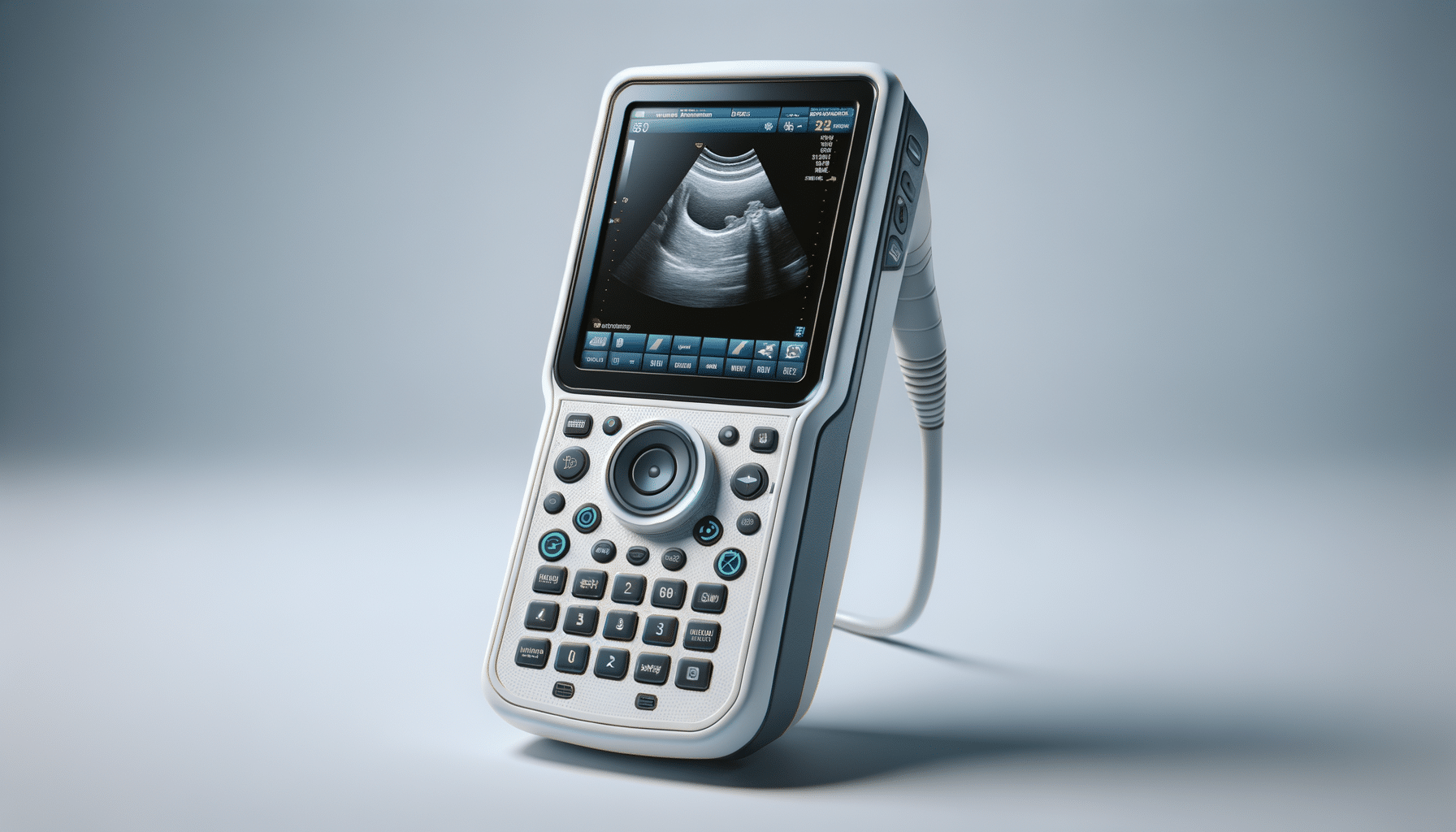
Portable handheld ultrasound device: Instant imaging anywhere, compact, efficient, and clinically reliable.
Introduction to Ultrasound Devices
Ultrasound devices have revolutionized the field of medical imaging, offering a non-invasive and highly effective method for diagnosing and monitoring various health conditions. These devices use high-frequency sound waves to create images of organs and structures inside the body, providing valuable insights without the need for radiation exposure. The versatility and safety of ultrasound technology make it a preferred choice in many clinical settings, from obstetrics and gynecology to cardiology and emergency medicine.
Traditionally, ultrasound machines were large and confined to hospital settings. However, advancements in technology have paved the way for more compact and portable options, allowing healthcare professionals to bring imaging capabilities to the bedside or even to remote locations. This evolution in ultrasound technology is not just about convenience; it represents a significant step forward in making healthcare more accessible and efficient.
The Rise of Portable Ultrasound Devices
Portable ultrasound devices have emerged as a game-changer in the medical field, offering flexibility and mobility that traditional machines cannot match. These devices are designed to be lightweight and easy to transport, making them ideal for use in various settings, including clinics, ambulances, and even at home. The ability to perform real-time imaging in diverse environments enhances diagnostic capabilities and improves patient care.
One of the key advantages of portable ultrasound devices is their ability to provide immediate results. This is particularly beneficial in emergency situations where time is of the essence. For instance, in trauma care, a portable ultrasound device can quickly assess internal injuries, guiding treatment decisions and potentially saving lives. Moreover, these devices are equipped with advanced features such as wireless connectivity and cloud storage, allowing for seamless sharing of images and data with other healthcare professionals.
In addition to their practical benefits, portable ultrasound devices are also cost-effective. They eliminate the need for patients to travel to specialized imaging centers, reducing healthcare costs and improving access to diagnostic services in underserved areas. This democratization of medical imaging is a crucial step toward achieving global health equity.
Key Features of Portable Ultrasound Devices
Portable ultrasound devices are packed with features that enhance their functionality and ease of use. One of the most notable features is their compact design, which allows them to be easily carried and operated in various settings. Despite their small size, these devices offer high-resolution imaging, ensuring that healthcare providers can make accurate diagnoses.
Another important feature is the user-friendly interface, which often includes touch screens and intuitive controls. This makes it easier for clinicians to navigate the device and access different imaging modes, such as Doppler and 3D imaging. Additionally, many portable ultrasound devices come with rechargeable batteries, providing hours of operation without the need for a constant power source.
Connectivity is another critical aspect of portable ultrasound devices. Many models offer wireless capabilities, enabling the transfer of images and data to other devices or cloud-based storage systems. This facilitates collaboration among healthcare providers and allows for remote consultations, further enhancing the accessibility and efficiency of medical care.
Applications of Portable Ultrasound Devices
The versatility of portable ultrasound devices makes them suitable for a wide range of applications across various medical fields. In primary care, they can be used for routine examinations, such as assessing abdominal pain or monitoring fetal development during pregnancy. Their portability allows for quick and convenient imaging without the need for patients to visit a hospital or imaging center.
In emergency medicine, portable ultrasound devices are invaluable tools for rapid assessment and diagnosis. They can be used to evaluate trauma patients, identify internal bleeding, and guide interventions such as needle placements or fluid drainage. The ability to perform these tasks at the point of care significantly improves patient outcomes and reduces the time to treatment.
Beyond traditional medical settings, portable ultrasound devices are also finding applications in veterinary medicine, sports medicine, and even in remote or resource-limited areas. In these contexts, they provide essential imaging services that would otherwise be unavailable, contributing to better healthcare delivery and outcomes.
Conclusion: The Future of Portable Ultrasound Devices
As technology continues to advance, the future of portable ultrasound devices looks promising. With ongoing innovations, these devices are becoming more powerful, affordable, and accessible, making them an integral part of modern healthcare. Their ability to provide high-quality imaging in a variety of settings ensures that they will remain a valuable tool for healthcare providers worldwide.
For patients, the benefits are clear. Portable ultrasound devices offer a convenient and efficient way to receive diagnostic imaging, reducing the need for travel and minimizing wait times. This is particularly important in remote or underserved areas, where access to medical services can be limited.
In conclusion, portable ultrasound devices represent a significant advancement in medical technology, bridging the gap between traditional imaging and the need for mobility and accessibility in healthcare. As these devices continue to evolve, they will undoubtedly play a crucial role in improving patient care and expanding access to medical imaging across the globe.


